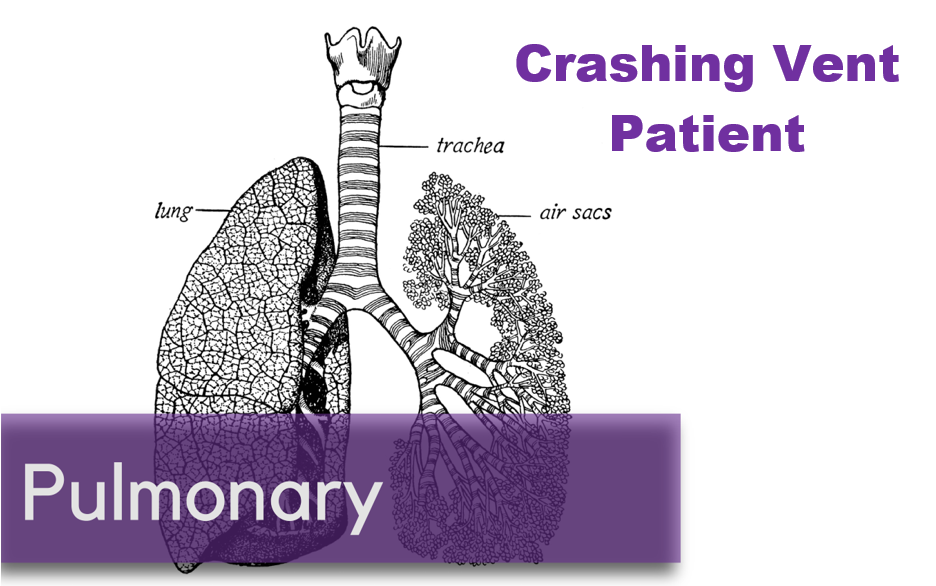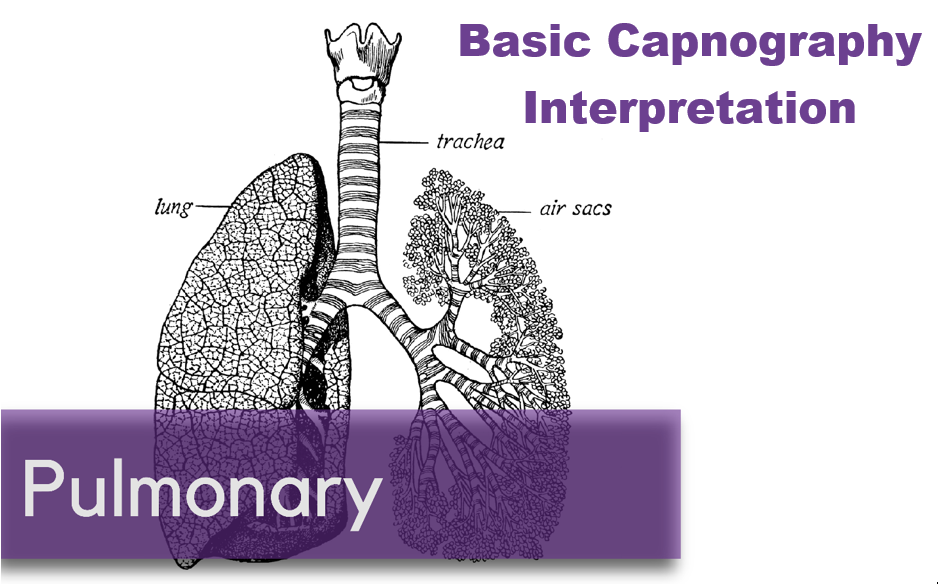Written by: Kali Weiss, MD (NUEM ‘28) Edited by: David Adler, MD (NUEM ‘25)
Expert Commentary by: Molly Estes, MD
Expert Commentary
Thank you Drs. Weiss and Adler for this detailed infographic outlining treatments for status asthmaticus.
The term “severe acute asthma” is now also synonymous with “status asthmaticus.” This wording change is more descriptive of both the severity and chronicity of these presentations, however, it is important to note that to be considered “status asthmaticus” or “severe acute asthma,” also requires that the exacerbation is unresponsive to multiple courses of beta-agonist therapy. We have all seen patients who come in looking “bad” or “sick” with wheezing and then miraculously turn around after 1-2 nebulizer treatments. While these patients may have initially appeared to have a severe, acute exacerbation, they would not meet the technical definition because of their response to treatment. So, it is important to remember that “status asthmaticus” is not a doorway diagnosis that you make when seeing the sick patient roll in without receiving any treatment. You can suspect it, and should prepare appropriately, however, I’d caution against using this diagnosis until after you’ve evaluated for a response to treatment.
The term “status,” is a Latin noun derived from the Latin verb “stare”, meaning “to stand.” So for me, thinking of the patient as in “status asthmaticus” invokes the added nudge to consider diagnosing severe acute asthma in patients who are unresponsive to initial beta agonist therapy. They don’t budge, they “stand” in their state of asthma exacerbation, unyielding to your initial therapies.
With status asthmaticus, as with the other frequently referenced state of status (status epilepticus), one needs to reach outside of the routine toolbox and use a variety of adjunctive medications and strategies to achieve improvement. These adjuncts are often IV medications such as Magnesium and Ketamine (which can be used both as treatment for its bronchodilatory effects or as an induction agent). I’ve had good patient outcomes with Ketamine in these situations. In several cases as we prepared for what we thought was an inevitable intubation, we used ketamine and bipap to optimize oxygenation while preparing for intubation. The ketamine was not only bronchdilatory, but also allowed the patients to feel less panicked and tolerate the BiPap with continuous nebs and ultimately avoid intubation. However, I would also use Ketamine with caution and close monitoring, because, as detailed above, a decreased level of consciousness may also reflect extreme hypercapnia and a worsening clinical state.
Molly Estes, MD
Assistant Professor
Northwestern University Feinberg School of Medicine
Department of Emergency Medicine
How To Cite This Post:
[Peer-Reviewed, Web Publication] Weiss, K. Adler, D. (2025, October 2). Status Asthmaticus [NUEM Blog. Expert Commentary by Estes, M]. Retrieved from http://www.nuemblog.com/blog/kw-status-asthmaticus.














